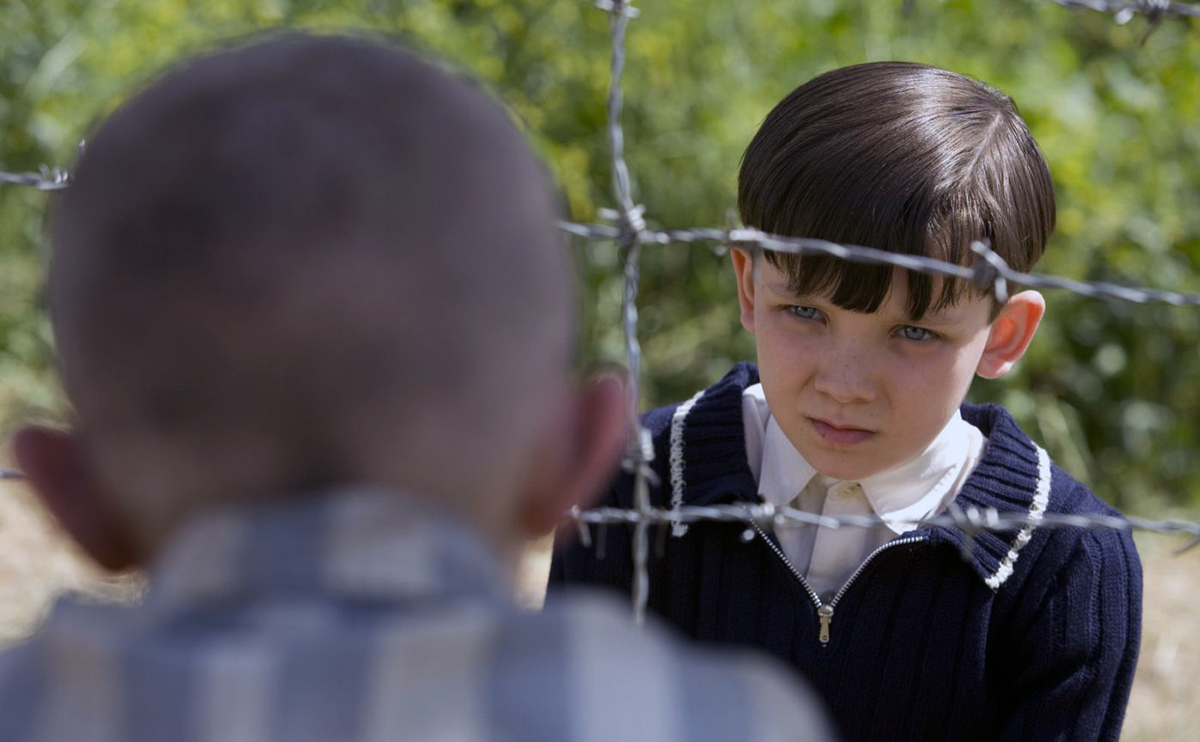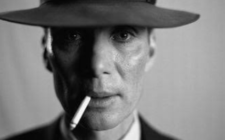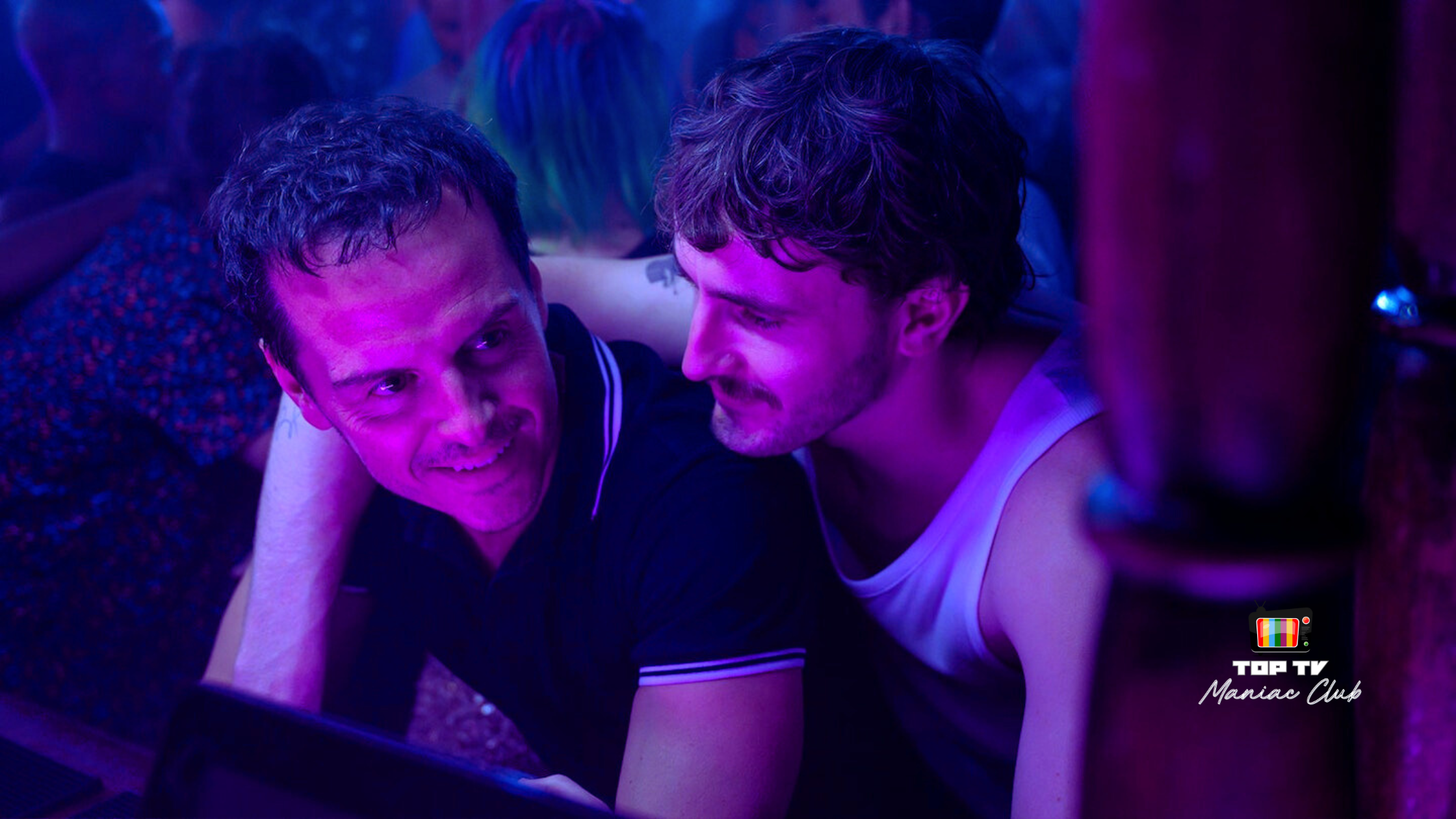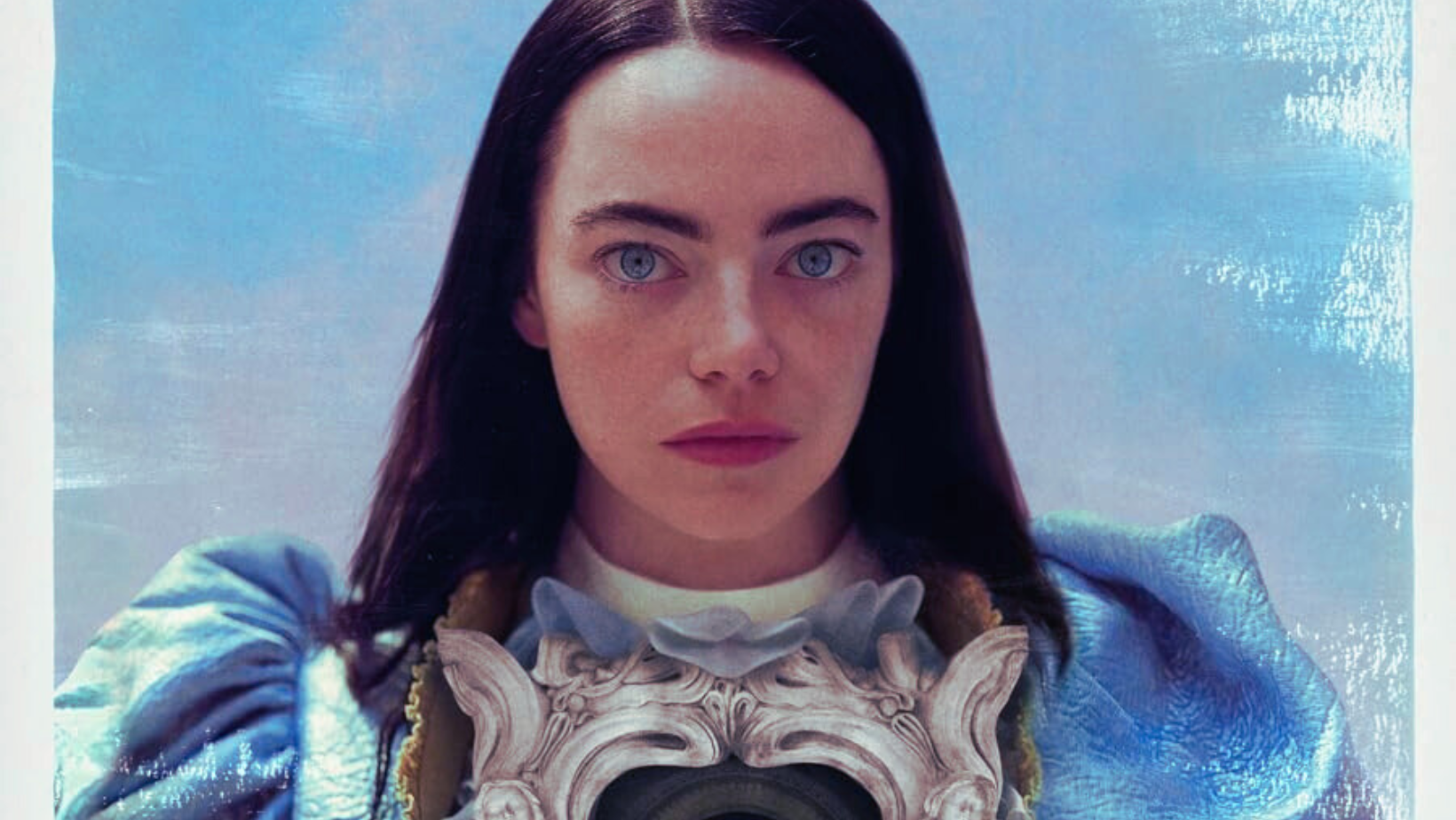One of the most delicate stories I’ve read in the last 15 years and consequently one of the saddest films as well. This book is one of those that leave us breathless, especially because although the main characters are fictional, the event that the stories occur is real.
“The boy in the striped pyjamas” was written by Irish author John Boyne, published in 2006, which takes place during the Holocaust. The book was so critically acclaimed that it became a film in 2008 starring Asa Butterfield and Jack Scanlon.
Plot
The story is set in 1940 during the Second World War, when the boy Bruno receives the news that he will have to leave his comfortable home in Berlin and move with his family to an isolated place, in the countryside. The reason for that is the promotion of his father, a Nazi officer, who for him is only a soldier.
As soon as he arrives at the new house, this farm that he sees from the window of his bedroom becomes the possibility that he has to change the lonely routine of the place and find someone to play with, and that is what he seeks when he disobeys his mother’s orientation and goes to the back garden, where he gets closer to those people in striped pyjamas.




There, he meets Shmuel, who is also eight years old and lives on the other side of the fence. The visits become more frequent and, curious, he starts asking his parents and his sister what that place is and who those people are, but the answers, sometimes evasive, sometimes negative, have nothing to do with the way his heart feels for them.
The nazi concentration camp, as they call it, is not as beautiful and happy as he sees in the videos his father shown, and the Jewish boy is nothing like the monster designed by everyone. So why does he have to be an enemy? This is one of the things that Bruno cannot understand. But if friend Shmuel can’t come over this side of the fence to play with him, for reasons he doesn’t understand either, then maybe it’s easier for him to go over there himself.
Those who read the book of the same name, will notice many differences in relation to the story shown in the film, such as the gradual way in which the mother perceives the absurdity that happens around her –in the book, from the beginning, she doesn’t seem to accept the situation – Bruno’s age – which is nine years old in Boyne’s text – and how, the family finds out about the boy’s visits to the countryside – in the book they never come to know what really happened. The boy’s purity and ingenuity in attitudes further emphasize the horror of Nazism, which ends, in one way or another, everyone’s life.
The outcome of this story is like a punch in the stomach and slapping the face against any kind of prejudice. It is a tough story that makes us reflect on the mistakes of the past and that as human beings we continue to repeat it. It is a warning sign to change our narcissistic perception of finding “ugly” and “strange” what is not our “mirror reflection”.




